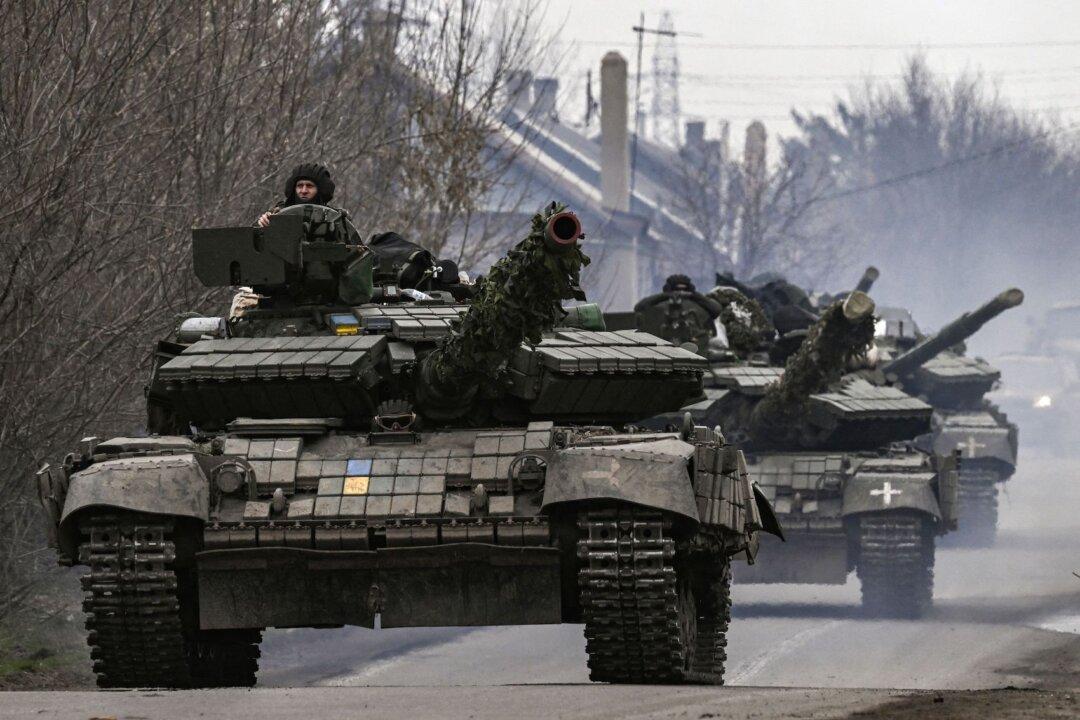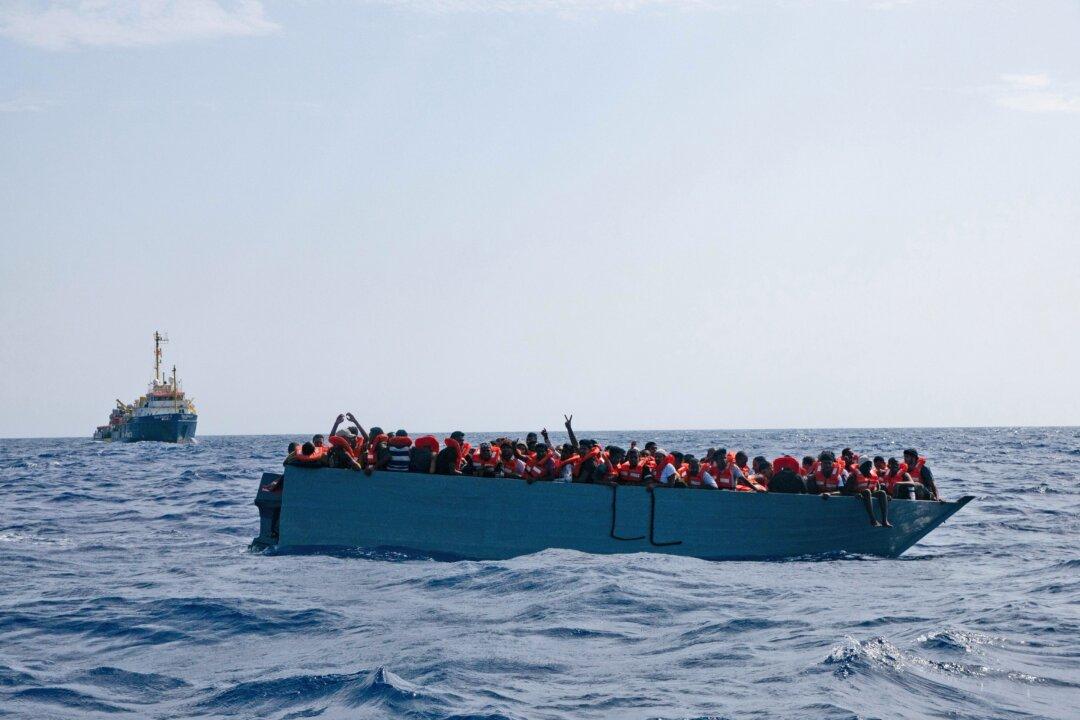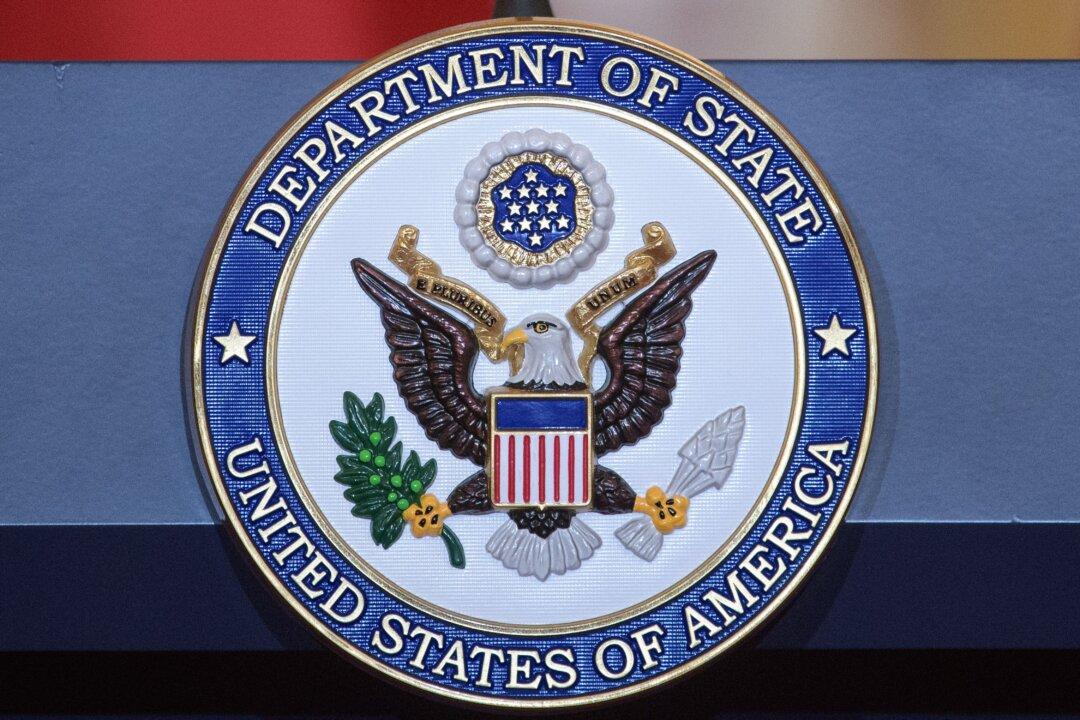Continuous arming of Ukraine could lead to an escalation of the war with Russia that could eventually spiral out of control, expanding outside Ukraine, said an international security expert.
“I do not believe that continuously [and] indefinitely arming the Ukrainians is going to force [Russian President Vladimir] Putin to simply leave all of the post-1991 territory,” Max Abrahms, associate professor of political science, told EpochTV’s “Crossroads” on July 17.






